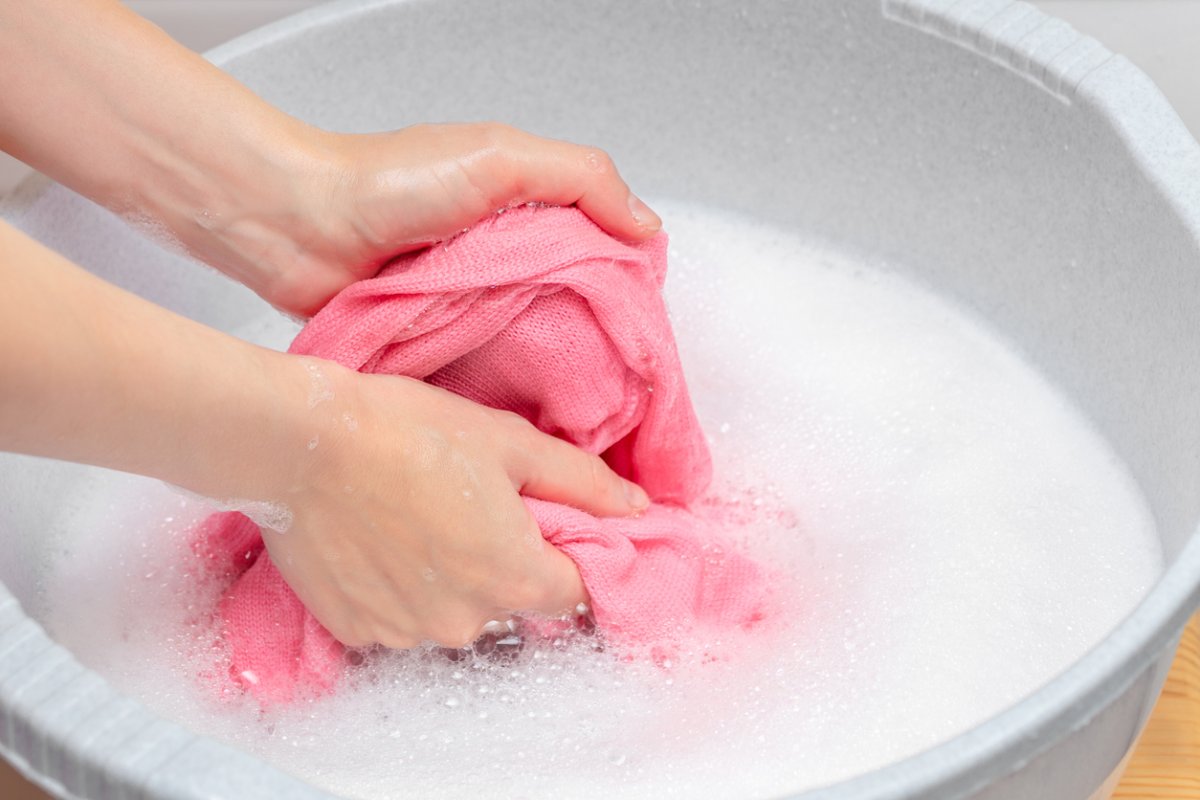We may earn revenue from the products available on this page and participate in affiliate programs. Learn More ›
Laundry stripping has hit the mainstream. It’s a technique that removes buildup and residue embedded in your clothes and linens. With plenty of videos on social media showing clean fabrics being pulled from bathtubs full of surprisingly dirty water, more people are learning how to strip laundry than perhaps ever. And when done right, it’s easy, effective, and safe for most textiles in your home.
All you need for the best laundry stripping method are a few cleaning agents (some of which you may already have) and a large bathtub or wash basin to make the magic happen. You’ll also want to be ready to stir, as laundry stripping requires some muscle to get the best possible results.
RELATED: How To: Hand-Wash Clothes
What is laundry stripping, and is it safe for all fabrics?
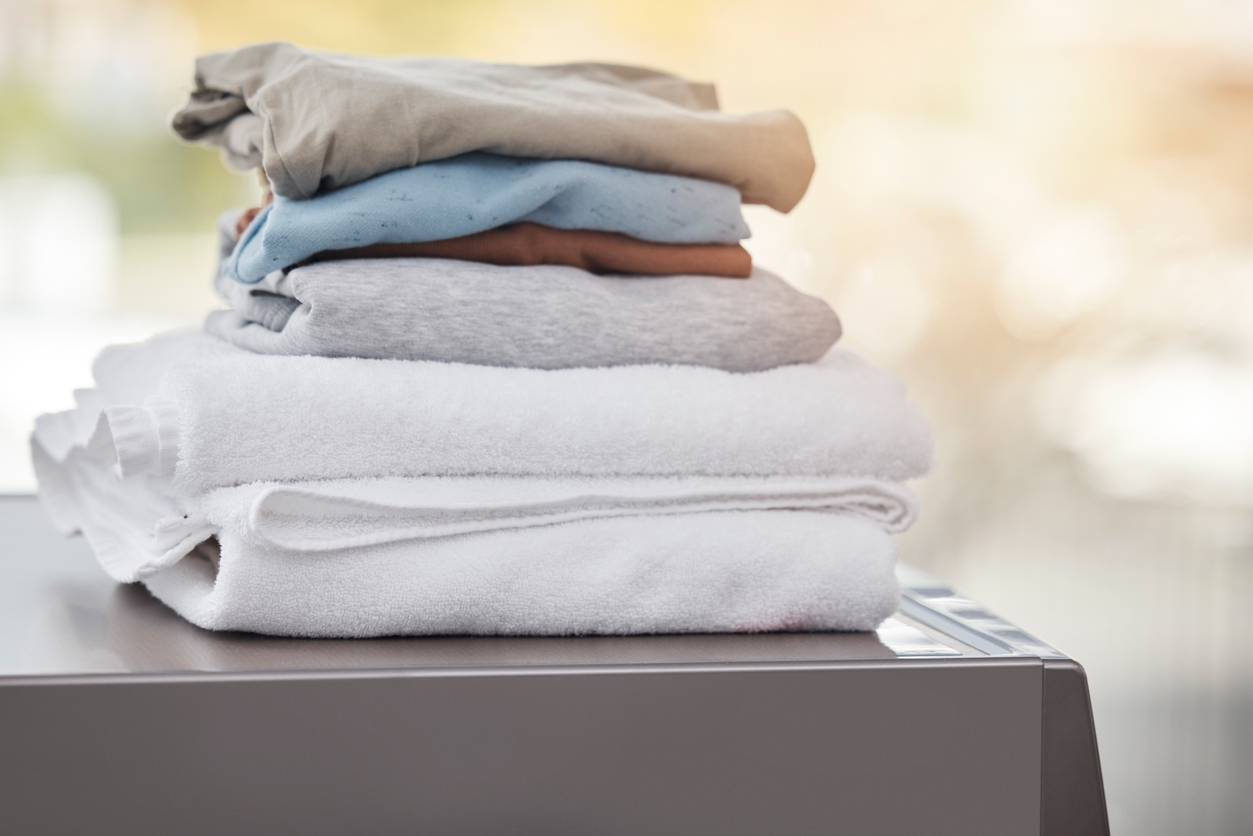
Laundry stripping is a deep-cleaning method for clothes that involves soaking them in a mixture of water, detergent, and other additives to remove buildup and residue. It loosens and removes dirt and debris that has built up over time. According to Katie Lambert, founder of Clean Queen, “Laundry stripping should be used if your clothes are smelling of mildew even after washing them.”
Despite its benefits, laundry stripping is only for some clothing and linen materials, whereas it can cause some fabrics like silk and wool to shrink and lose their form. Additionally, rich colors can fade and elastic fabrics can lose their stretch as a result of the process. Do not try laundry stripping on dark fabrics, exercise clothes, or cold-wash only items.
Laundry stripping isn’t for everyone. Those with skin sensitivity to cleaning products may want to try alternative methods. In this case, Lambert suggests a different approach: “We recommend an eco-friendly substitute… white vinegar. Next time you have a really dirty load of laundry, add half a cup of white vinegar to your rinse cycle to give it a natural deep clean!”
How to Strip Laundry in 5 Steps
The process of laundry stripping requires some elbow grease but is easy enough that virtually anyone can do it.
Tools & Materials
Bobvila.com may earn a commission from purchases made through these links.
Project Overview
Working Time: 30 minutes
Total Time: 12 to 14 hours (overnight)
Skill Level: Beginner
Estimated Cost: $50 to $100 (free if you already have the products on hand)
Before You Begin
One quick note before you get started: wearing gloves during laundry stripping is advisable as it involves exposure to hot water, detergent, and other cleaning agents, which can potentially cause skin irritation or dryness.
If you’re ready, follow these laundry stripping steps and see the difference this technique makes.
RELATED: Green Living in the Laundry Room—the Manual Washing Machine
STEP 1: Fill a large bucket, basin, or bathtub with hot water.
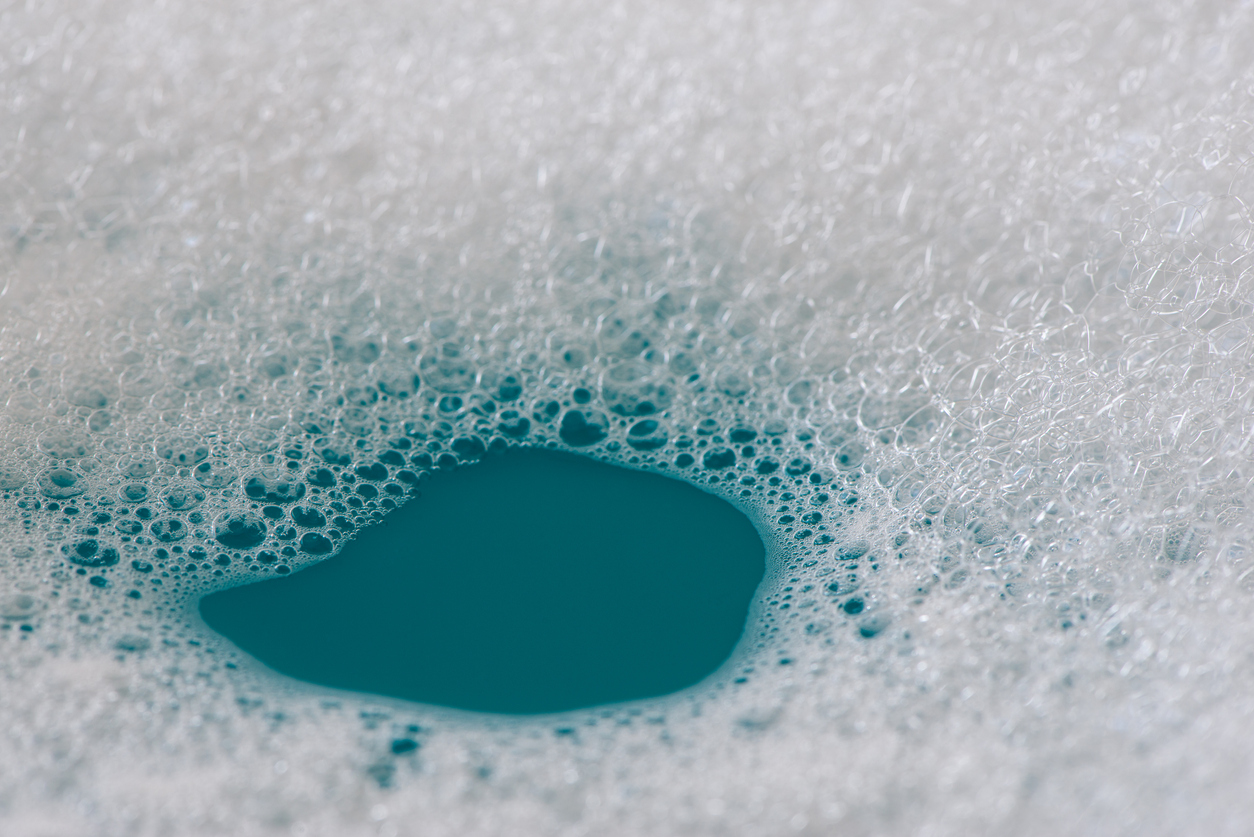
Stripping clothes works best when plenty of hot water is available. Hot water helps remove the grime locked inside clothing and linens or the white residue left on clothing after washing. Due to the volume of water required, it’s best to avoid activities that use lots of hot water before stripping your laundry, such as long showers or running the dishwasher.
Additionally, you should not strip towels or other fabrics and clothing in your washing machine, as it’s unknown how this activity can affect an appliance over time. Stick to the basin method for laundry stripping.
STEP 2: Combine 1/4 cup of washing soda, 1/4 cup of borax, and 1 cup of powdered laundry detergent.
It’s essential to use the ingredient measurements in the laundry stripping recipe listed above; this ratio is an effective formula for a deep clean. Put on your gloves before measuring out and mixing the laundry stripping ingredients together in a bowl or bucket.
Each part of the recipe plays a different role in stripping laundry. The laundry detergent cleans the fabric, and the borax helps slowly break down any stains in your clothing and linens. Additionally, the washing soda serves as a softening agent by interacting with the minerals in the water, helping the detergents do their stain removal job better.
STEP 3: Place your laundry into the washbasin or bathtub and start stirring.
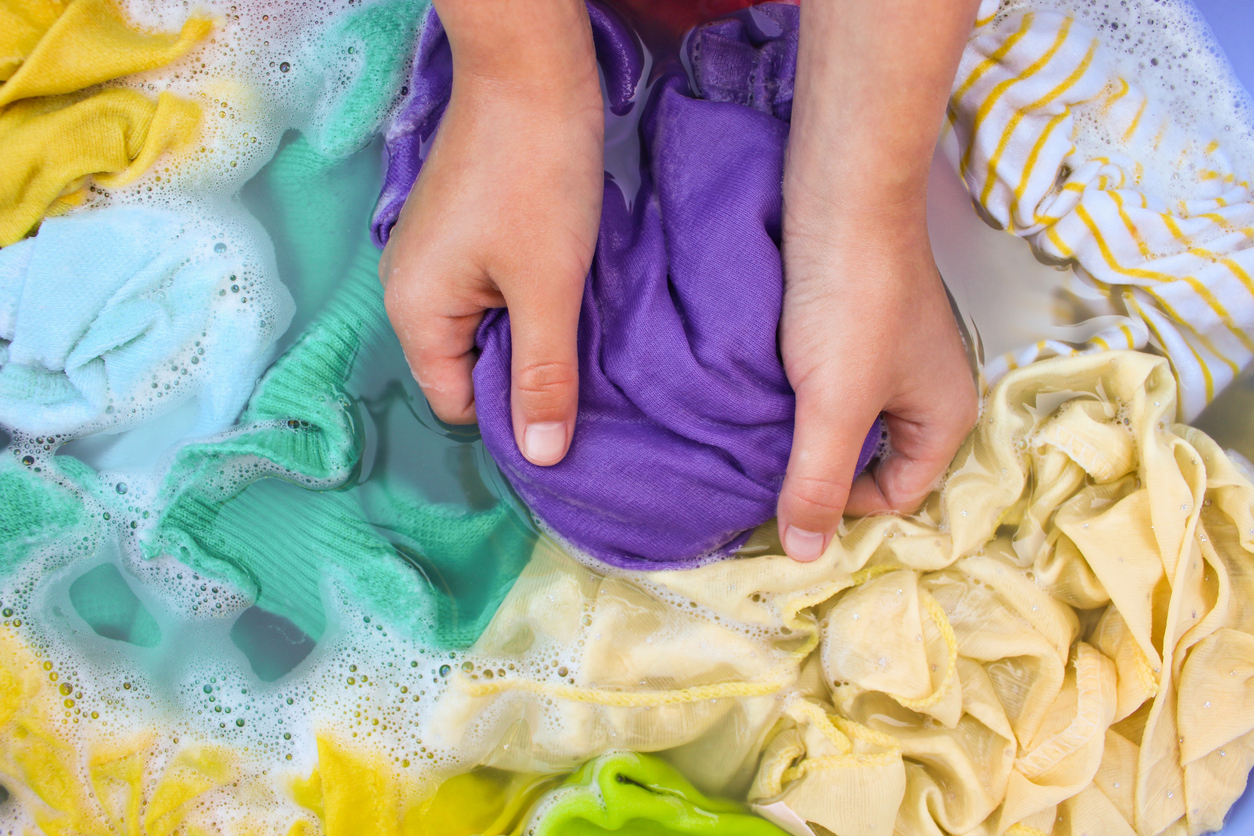
You’ll want to be fairly aggressive during this step in the laundry stripping method, as the agitation helps the laundry stripping mixture do its job. The borax, washing soda, and powdered laundry detergent in your hot water work best when there is movement, so don’t be shy about pushing your laundry around. If dirt and grime are the enemy, motion is your friend during this process.
Continue this step for 5 to 10 minutes until you are sure all your laundry has been agitated thoroughly—which helps to strip your laundry. A common laundry mistake would be to cut corners here, as the process needs to continue until the chemicals have been fully worked into all of the fabric.
STEP 4: Let your clothing and linens soak overnight, and stir them intermittently.
Whether deep-cleaning clothing or stripping pillows, leaving your clothing and linens to soak for as long as possible is essential. If you take shortcuts during this phase, you risk not getting the deep clean you set out to achieve. Try to stir them once an hour until you go to bed.
To help your fabrics become as clean as possible, experts recommend soaking your laundry overnight. An all-night soak gives the cleaning agents enough time to do their job. It’s also one of the best times to do laundry, as most people are sleeping. However, if you are stripping bed sheets, ensure you have a spare set for bedtime.
STEP 5: Drain the dirty water and rinse your fabrics before drying.
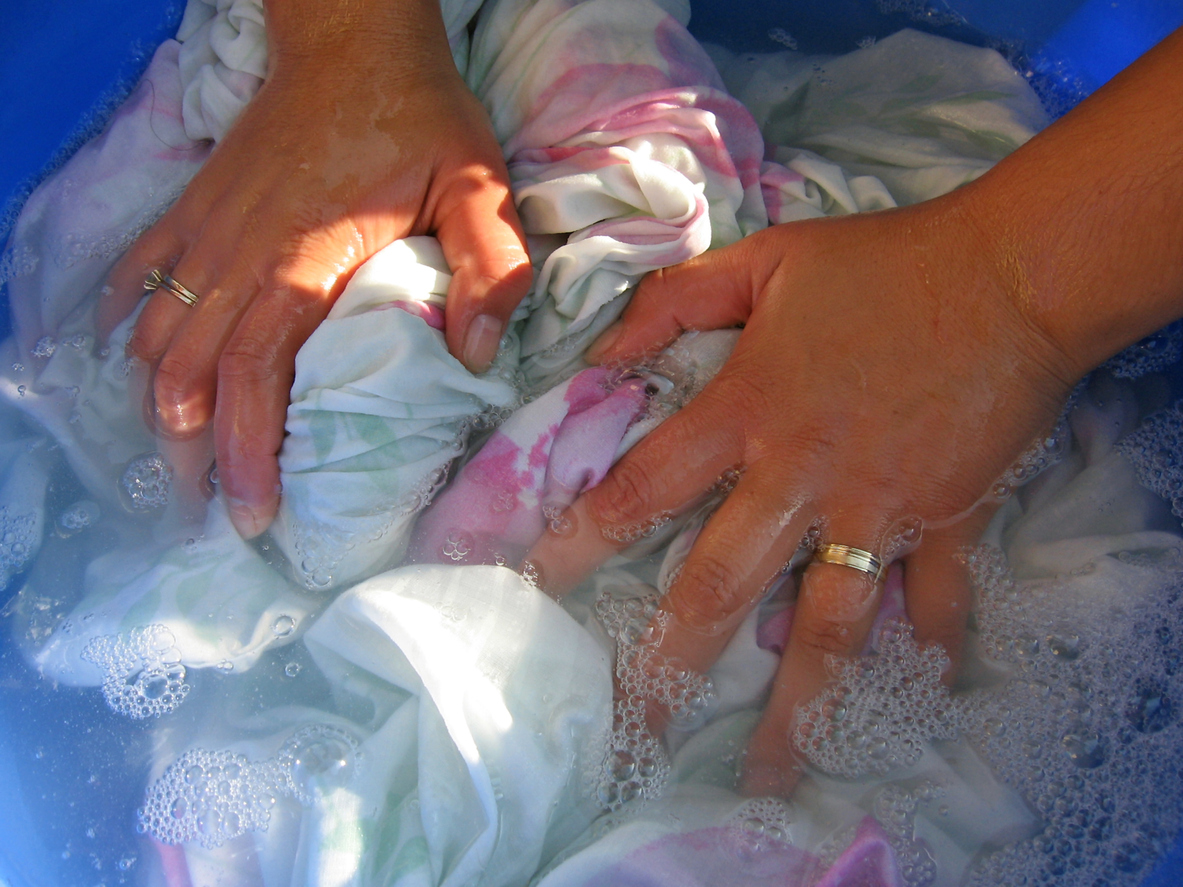
This step is where the rubber hits the road when washing clothes in a bathtub. It’s time to get busy rinsing to detox clothes thoroughly. Continue hand rinsing your clothing and linens until the water runs clear. This is how you’ll know your fabrics are as clean as possible.
If you don’t want to rinse by hand, wring your laundry out and then transfer it to your washing machine, where you’ll use the rinse-only setting instead. Then use the dryer or hang dry your items as usual.
RELATED: 9 Smart Hacks for Laundry Day
Final Thoughts
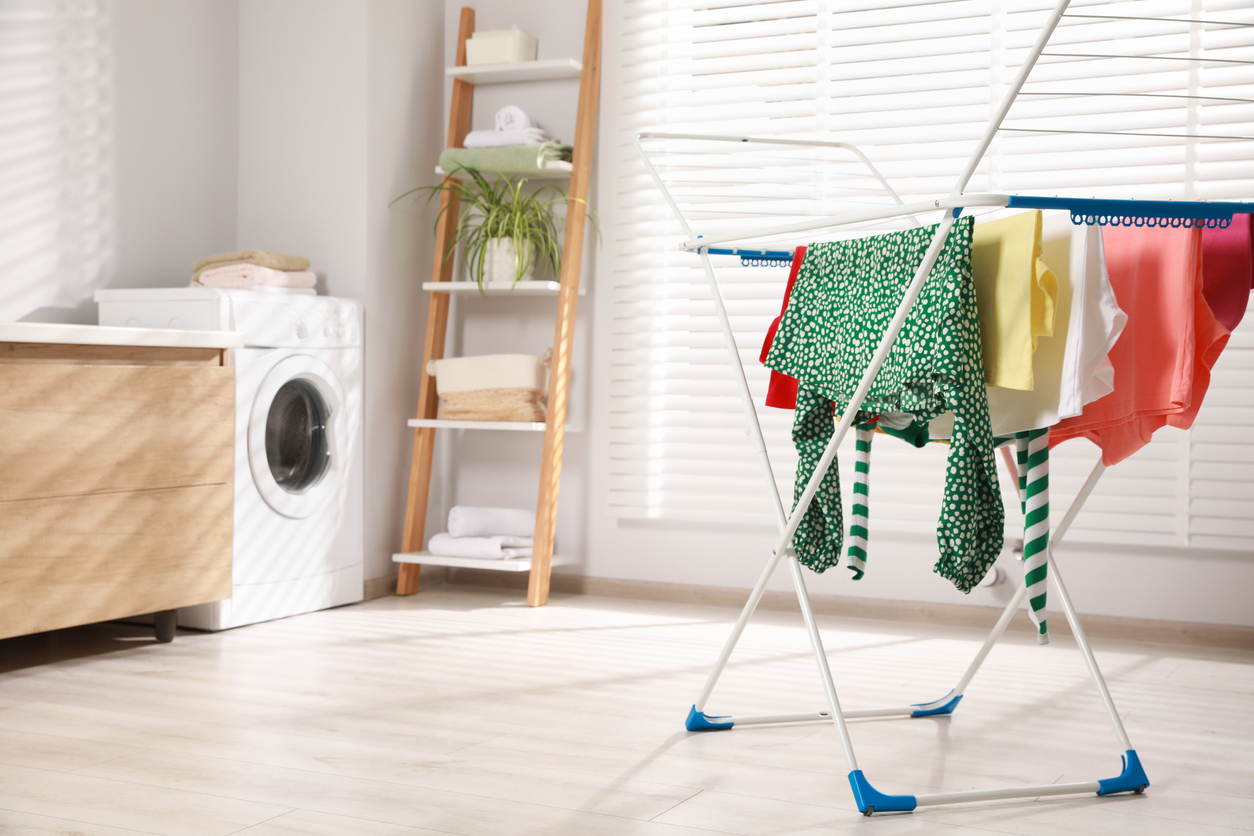
Laundry stripping has become a popular household chore, and for good reason. This deep-cleaning method helps to remove gunk, grime, and other nasty stuff that regular wash cycles can leave behind. You should only strip your laundry a few times a year, so avoid doing it too often.
Learning how to strip laundry can restore certain fabrics through a powerful deep-cleaning process. If you want the cleanest clothes possible, a periodic tune-up via laundry stripping may be an easy win for your household.

